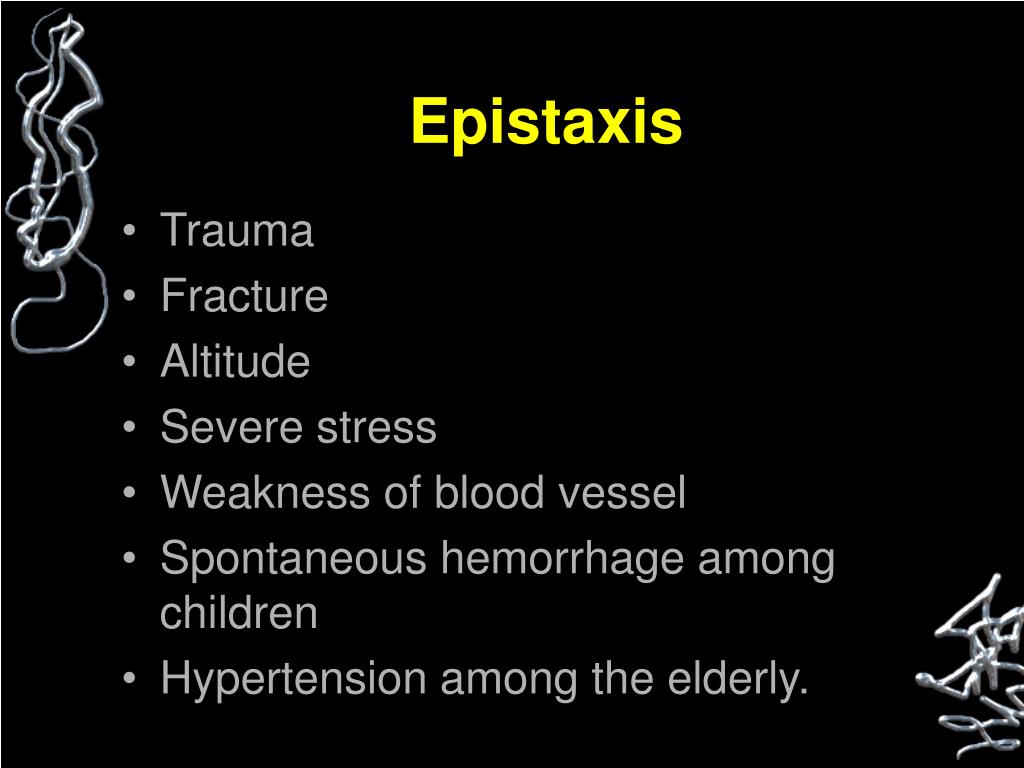

Barotrauma can also occur when you're riding an elevator, up or down in a skyscraper, diving underwater, or driving in hilly or mountainous areas. This process can also occur in the reverse when descending as the air pressure will rise, causing the pressure within your ear to be less than the pressure outside. When you are in an airplane that is flying to higher altitudes, the air pressure will drop and cause the pressure within your ear to be greater than the pressure outside (not equalized). The eustachian tube within your ear will regulate to equalize this pressure. When the air pressure on the outside of the ear and the air pressure on the inside of the ear are not equal, your eardrum will be unable to vibrate properly.

Antibiotic coverage has traditionally included agents in the penicillin or cephalosporin classes.Ear barotrauma (also known as airplane ear, barotitis media, or aerotitis media) is a condition that causes ear pain and stress due to changes in barometric pressure (air pressure). The treatment in such cases is careful observation and prophylactic antibiotics for meningitis. Pneumocephalus is a serious clinical diagnosis in such cases. If blockage of a sinus ostium does occur during descent, the subsequent ascent can lead to intrasinus volume expansion and a resulting pressure differential that may be sufficient to rupture the sinus. Common symptoms include a headache, epistaxis, and localized sinus pain. The frontal sinus is most commonly affected due to the relatively long and tortuous nature of its duct. This can cause a blockage of the sinus ostia, trapping fluid in the sinus cavity, and ultimately increasing intrasinus pressure. During the descent, increases in ambient pressure can lead to mucosal engorgement and edema. The most common disorder seen among divers is ear barotrauma. Sinus squeeze is the second most common complication occurring with underwater diving. Sinus squeeze may result in a bloody nose due to pressure induced vascular damage.

During the descent, the relative negative-pressure environment in the center of the sinus draws fluid from mucosal capillaries with resultant mucosal edema and pain. During ascent the volume of air in the sinus wants to expand but is not allowed to, resulting in painful compression of the sinus mucosa. Should these ostia and the sinus outlet be blocked, an equilibrium will not occur, and sinus mucosal damage and symptoms ensue. These changes in sinus pressure and volume are compensated for with the nasal passage via small openings termed ostia. Conversely, when a patient descends at a constant temperature, the atmospheric pressure increases and the volume in the paranasal sinuses creates a relatively negative pressure environment. The air within the paranasal sinuses is subject to Boyle's law which states at a constant temperature, the volume of gas is inversely proportional to the pressure of the gas. When an individual ascends at a constant temperature, the atmospheric pressure is reduced, and the air within the nasal passage and paranasal sinuses wants to expand. In the case of a blocked ostium, however, this sinus air isn't allowed to expand leading to pain and mucosal damage.


 0 kommentar(er)
0 kommentar(er)
